AARP Hearing Center

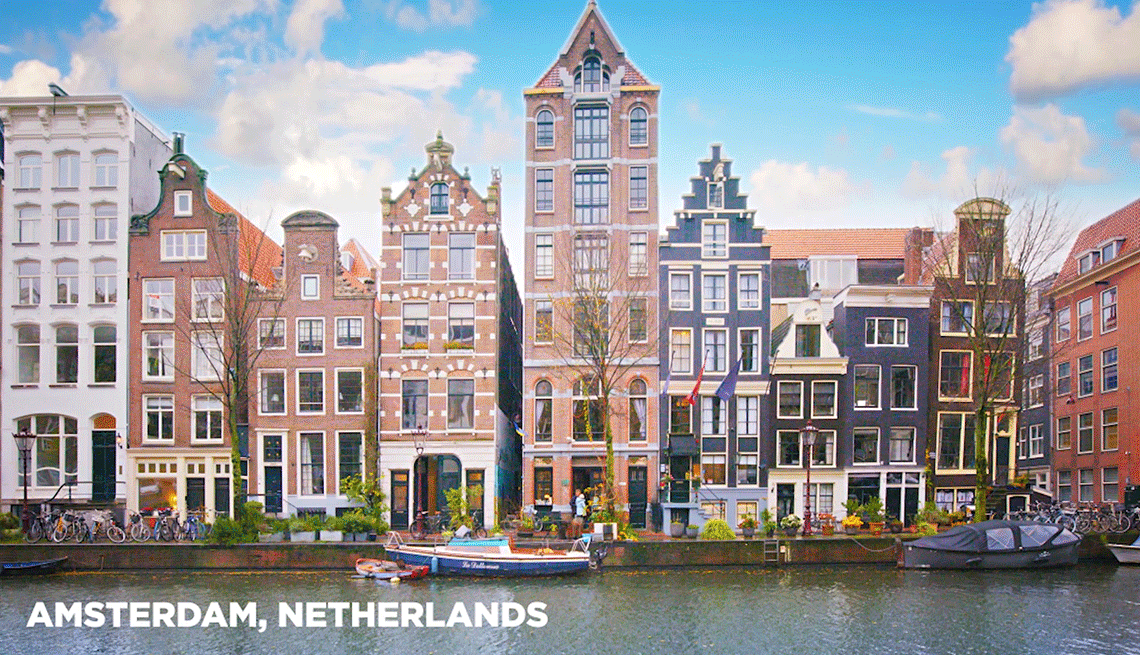
Vacation spots often come preselected, whether it’s your annual week at the lake or your niece’s destination wedding. When you’ve got more leeway, though, the options can quickly start to feel overwhelming. You’ve decided you’re finally going to Europe! But where, exactly? You want to take your sweetie on a romantic getaway, and that’s as far as you’ve gotten.
Until now. We did some digging into 10 common travel scenarios and came up with appealing destinations, all highly recommended by travel experts. Have a look and see whether one of them might satisfy your wanderlust.
Here’s where to go when you want to ...
Entertain the grandkids: Indianapolis

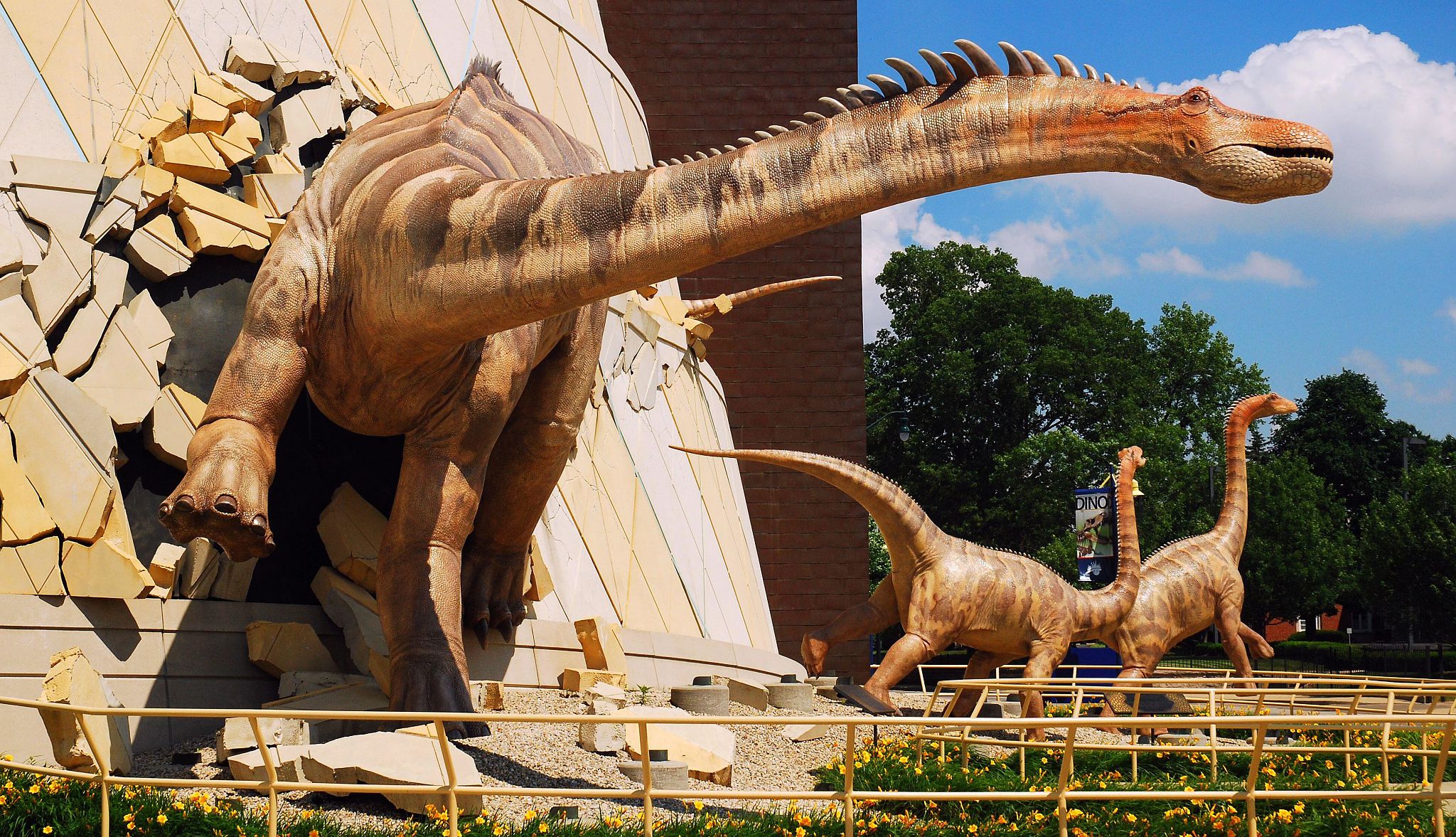
Consider it a sleeper pick for Happiest Place on Earth. Indiana’s flat and unassuming capital, often gently derided as “Naptown” for its lack of urban dazzle, is surprisingly well stocked with attractions aimed squarely at an age spectrum with earlier bedtimes. Start with the Children’s Museum of Indianapolis, which celebrates its 100th anniversary in 2025. Billed as the largest of its kind in the world, the four-level, 800,000-square-foot fun factory excels in hands-on learning and kid-focused curation; it’s laden with exhibits on dinosaurs, space, trains, mummies and other stuff that mesmerizes small people, plus more than 7 acres of outdoor play space capable of exhausting the most determined youngster. Five miles away, the top-ranked Indianapolis Zoo is a triple treat, with an accompanying aquarium and extensive botanical gardens. And the Indianapolis Motor Speedway Museum, at the famed motorsports track that hosts the Indianapolis 500, offers track tours — plus, once renovations are complete in April 2025, a dizzying trove of racing cars and automotive exhibits for the budding gearhead. After a few days of this, you’ll need a nap too.
Or consider: Endless free museums and monuments in Washington make the U.S. capital a place where kids, at least, get a lot done. Looking for all the water parks? They’re in the Wisconsin Dells.
Visit Europe for the first time: Amsterdam

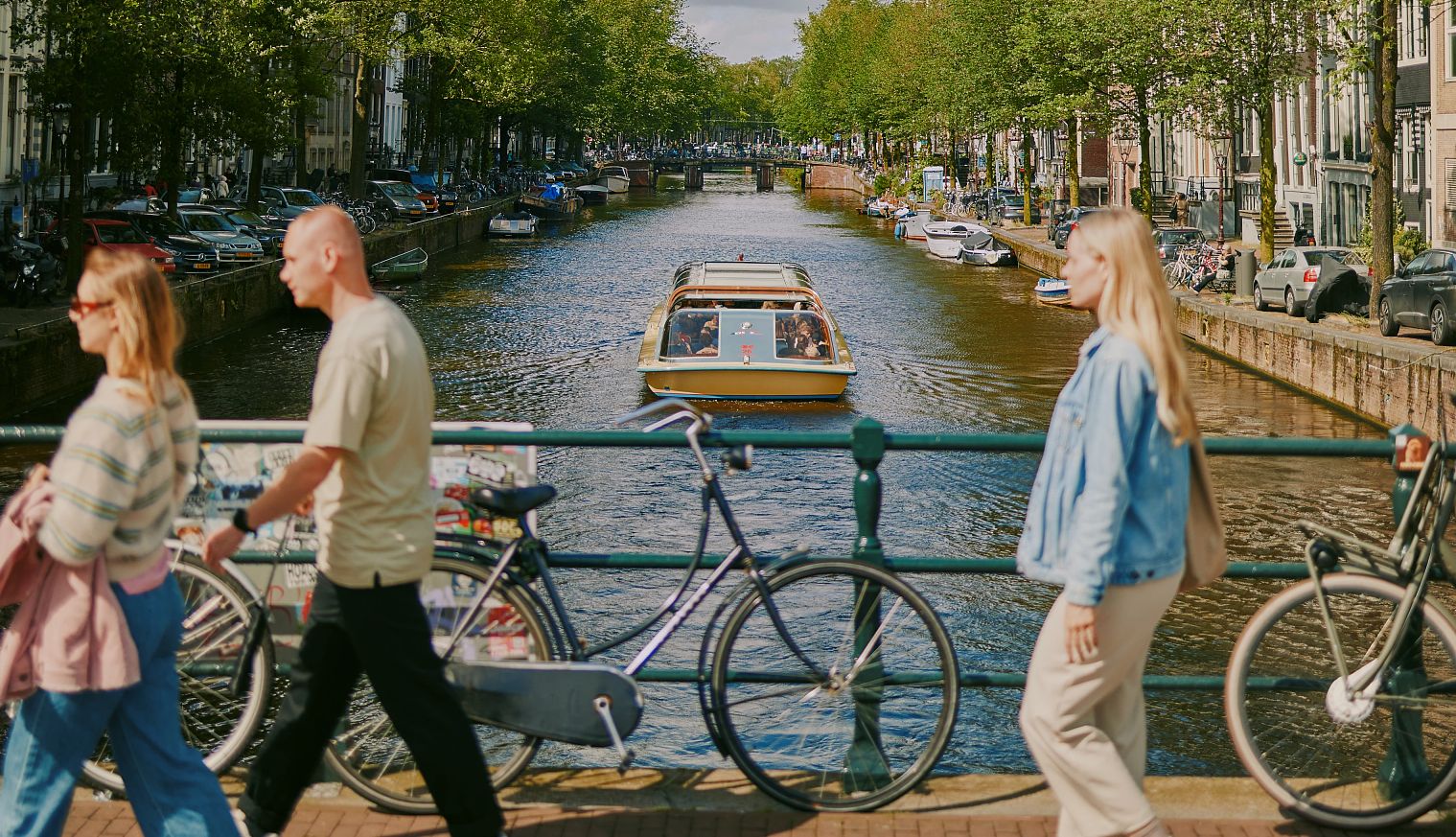
If you’ve never navigated a European city, the low-key capital of the Netherlands offers a particularly approachable entry-level destination. Smaller than rival Paris and less tourist-thronged than Venice — another canal-filled city — Amsterdam is blissfully walkable, as well as famously bikeable. There you’ll find grand cultural spaces such as the Rijksmuseum (home of several Vermeers) and historic architecture that’s more charming than overwhelming. The city’s reputation for tolerance and infamous Red Light District draws its share of pleasure-seeking young feestbeest (party animals, in Dutch), while international visitors with more maturity are likely to be welcomed by a largely English-speaking populace eager to show off their city’s quieter neighborhoods, tulip-intensive parks and innovative urban cycling network. U.S. tourists will feel right at home digging into one of Amsterdam’s other great addictions: its thick-cut, twice-cooked “Flemish fries.”
Or consider: Rome, host to tourists for millennia, has got the routine down. And there are so many U.S. expats in Lisbon, Portugal, that you might feel right at home.
Take your first postretirement trip: Seward Highway, Alaska

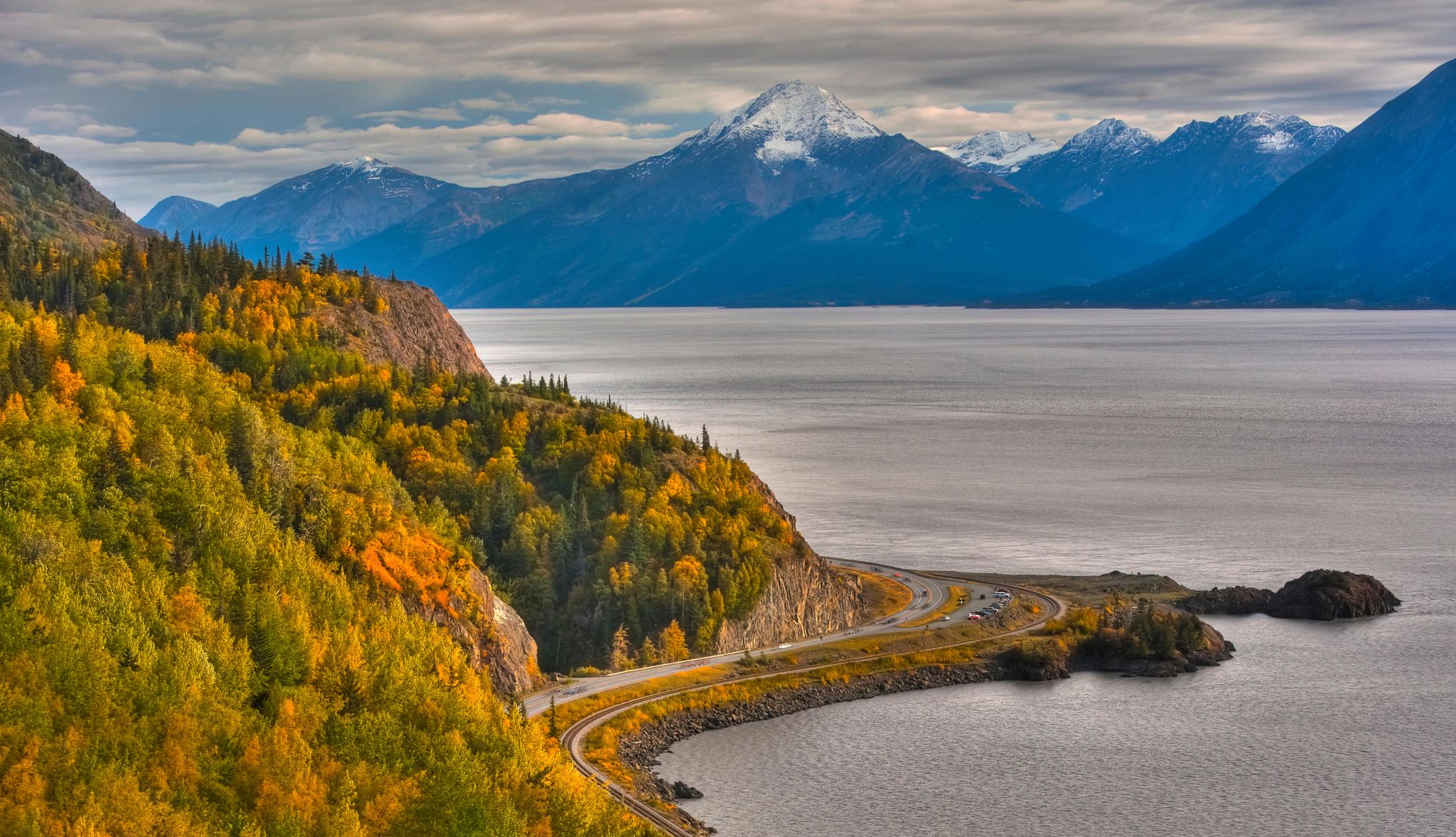
Nothing says “I will not be checking my email” like hitting the highways of one of the least-populated U.S. states, where cellphone service is spotty but Arctic vistas and wandering moose aren’t. If you have the time, point your vehicle toward the nation’s top-left corner and negotiate a northwest passage across Canada’s British Columbia and Yukon from the Lower 48. But don’t miss what might be Alaska’s most scenic route: the Seward Highway, which runs for 127 miles from Anchorage to the town of Seward on the state’s southern coast. Along the way, motorists can wheel past spruce forests and snow-capped mountain peaks as they traverse the rugged Kenai Peninsula; instead of drive-throughs and gas stations, prominent roadside attractions include whale-watching pull-offs, icy glacial lakes and waterfalls, and cliff faces full of sure-footed Dall sheep. For those who have left the 9-to-5 grind in the rearview and are pondering what’s next, this often-lonely route through some of the nation’s most inspiring landscapes might be the perfect place to begin the journey.
Or consider: No trucks and modest speed limits make the gentle Natchez Trace Parkway a must-see meander from Mississippi to Tennessee. For a more vigorous driving adventure, hang on to the Tail of the Dragon, a serpentine stretch of Route 129 in Deals Gap, North Carolina, that boasts 300-plus curves in 11 miles.
Give the planet a break: Costa Rica

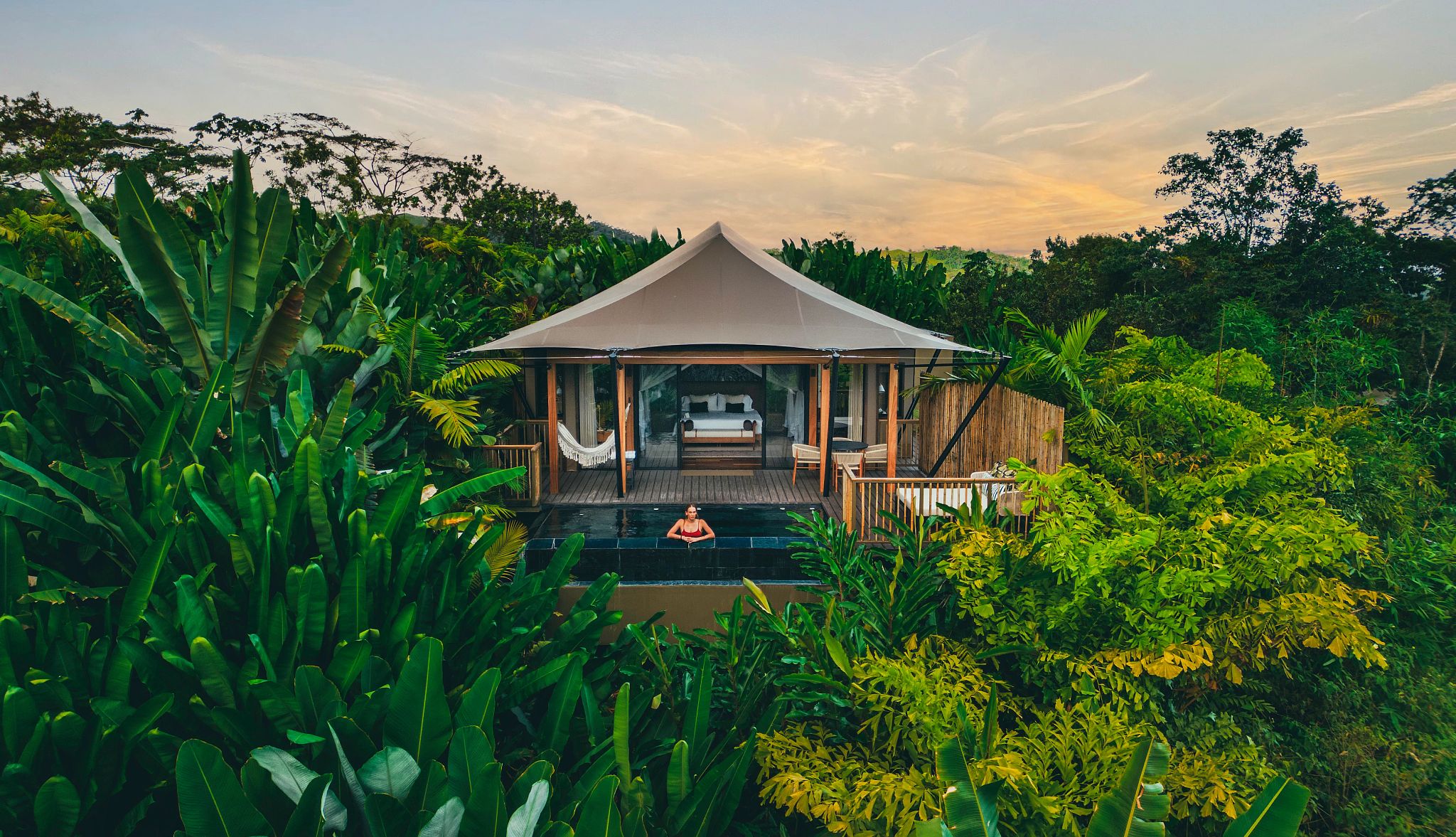
Choosing to travel often involves a troubling trade-off: The tourism sector produces about 8 percent of the planet’s annual carbon emissions, according to one recent estimate, and that share is growing amid resurgent post-pandemic vacationing. An airline flight to Costa Rica will be just as polluting as any other, but the lush Central American country has been a leader in modeling “regenerative tourism,” ensuring that the economic benefits from hosting those who flock to coastal resorts and cloud-forest retreats will translate into environmental protections for a fragile and extraordinarily biologically diverse place. (The tiny country is home to more than 5 percent of the world’s animal and plant species.) Almost all of Costa Rica’s electricity is produced from renewable sources, and its strict conservation regime has managed to reverse the damage wrought by decades of deforestation. It’s a model powered in part by tourist dollars, as the parks and reserves that cover much of Costa Rica’s landmass are both critical carbon sinks and delightful zip-lining venues. The Costa Rican Tourism Institute recently launched a carbon tracker for visitors to calculate — and compensate for — the greenhouse gas emissions they generate during their stay.
Or consider: The waterfalls, geysers and geological wonders of Iceland are scattered around an island nation powered almost entirely by geothermal energy and hydropower. The Himalayan kingdom of Bhutan halved its sustainable development fee, a daily toll for tourists that goes to fund environmental programs, infrastructure upgrades, cultural preservation and free health care and education.
Kick-start your health: Sardinia, Italy


A recently expanded international airport may help put this rugged and rustic Mediterranean outpost more on the map for U.S. travelers. But longevity researchers have been traveling there for years. Villages in the mountainous interior are home to the world’s largest cluster of male centenarians, a demographic distinction that brought Sardinia to the attention of author and impresario Dan Buettner, who named it a “Blue Zone” because of its residents’ extraordinarily long lives. A Sardinian getaway isn’t guaranteed to give you an extended lifespan, but it probably can’t hurt, especially if you find inspiration in the formula of vigorous hillside walks, stress-reducing ocean views and plenty of (but not too much) local red wine and goat’s milk cheese. The sun-drenched island offers a less hectic alternative to the glitzy beach resorts on the Italian mainland, and it has long been a popular shadow destination for the European jet set.
Or consider: The spas of Sedona, Arizona, promise a detox in a striking desert setting. Affluent New Yorkers can escape urban stress at the luxury wellness attractions of the nearby Hudson Valley.





























































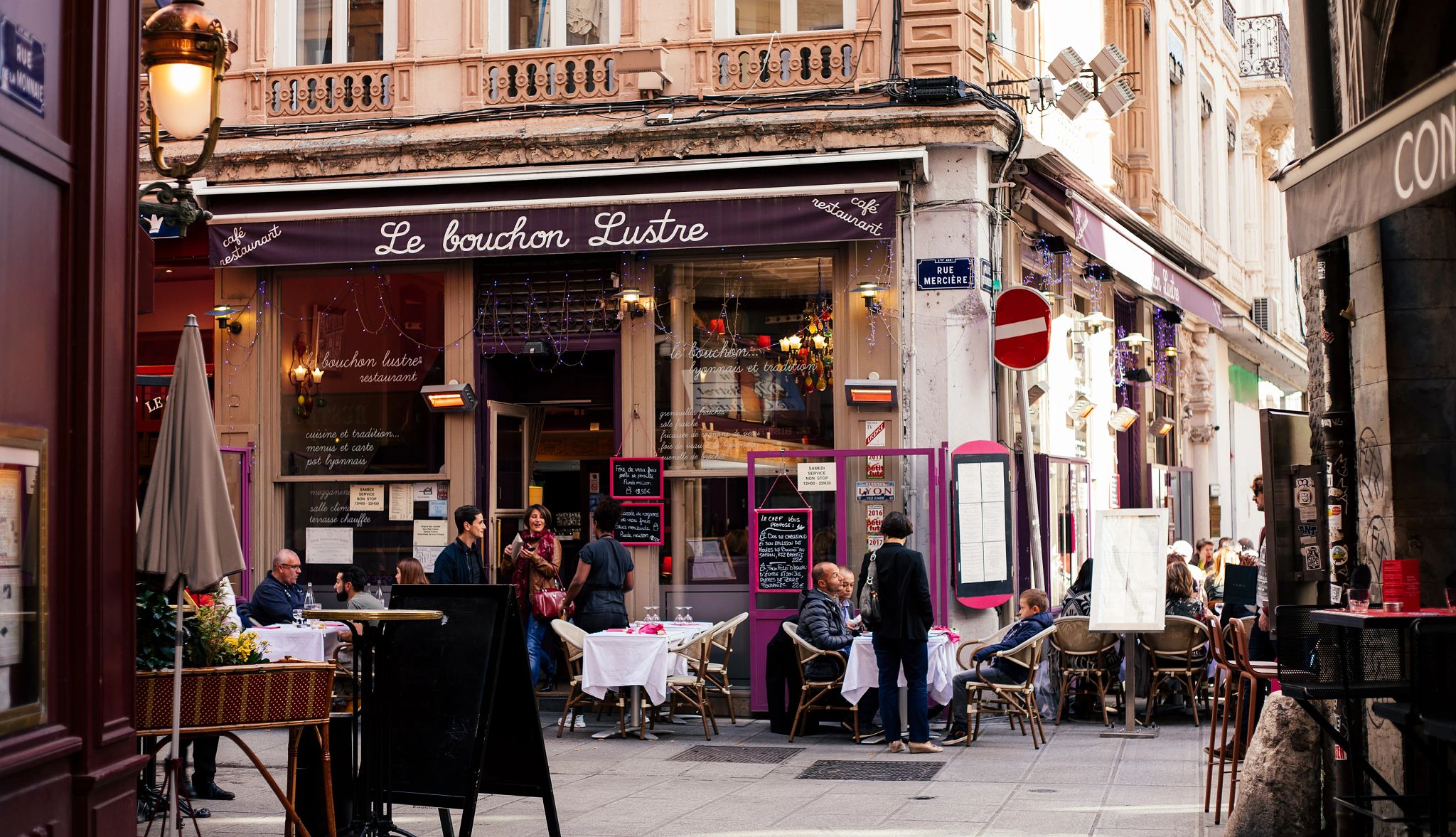



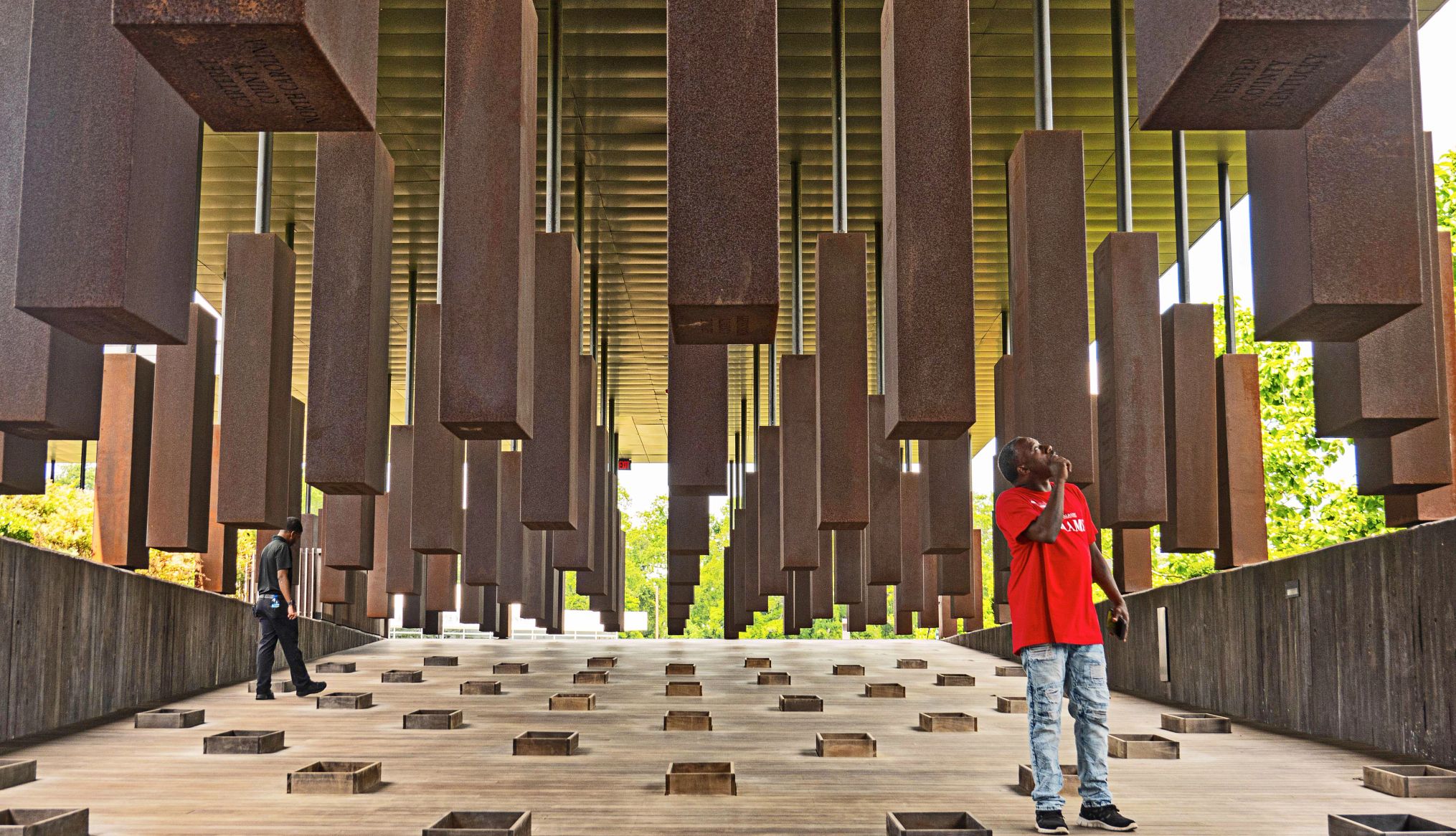


You Might Also Like
Are Travel Splurges Worth It? Maybe
Older adults who went all out weigh in on their experiences, from historic European hotels to hot-air balloon ridesHow to Pack Smarter and Lighter for Your Next Vacation
Clothes, toiletries, laptops and more are now much more travel-friendlyAncestry Travel: Take a Trip to Find Your Family
Meet four people who explored their roots and discovered unknown relativesRecommended for You